Fish and Water Management Tool Project Assessments: Record of Management Strategy and Decisions for the 2006-2007 Water Year
Abstract
The fish-and-water management tools (FWMT) system is a coupled set of 4 biophysical models of key relationships (among climate, water, fish and property) used to predict consequences of water management decisions (represented in a fifth decision-rules model) for fish and other water users in the Okanagan valley. At the beginning of each month from January 2007 to June 2007, updated snow survey reports from the BC Ministry of Environment River Forecast Centre were entered into FWMT. Snow reports included measurements of current snow-packs, recent climatic conditions, and forecasts of the magnitude and timing of future water runoff. FWMT use facilitated integration of these data with real-time information on fish stocks plus river and lake conditions to predict the impacts of a range of water storage and release scenarios for fish and other water users. FWMT scenarios were reviewed by an Operations Team to support an ongoing dialogue during the 2006-07 fish-and-water year regarding prudent water management decisions.
Through most of 2007, water management options were constrained by sub-average inflows to, and low water levels in Okanagan Lake. An extremely dry summer in 2006 necessitated minimal releases at Penticton Dam through the fall and early winter to maximize water conservation in the lake. Winter brought snow accumulations that were slightly above the all-year average suggesting that the spring freshet would bring Okanagan Lake to full pool and produce ample water storage for summer needs. However, by mid-May the water management outlook of FWMT users had shifted to consideration of a possible drought when approximately 50% of the predicted runoff, associated with the April 1 RFC forecast, failed to reach the basin. Water conservation to maximize storage in Okanagan Lake remained a priority for the remainder of the spring and summer of 2007.
Development of FWMT Scenarios and maintenance of an ongoing dialogue among its users in 2006-2007 resulted in a water management regime that satisfied the requirements of fish and other water users such that: (1) little risk materialized for loss of kokanee eggs or alevins prior to spring fry emergence at Okanagan Lake beaches, (2) sockeye eggs and alevins, incubating in the Okanagan River near Oliver, were not subjected to any acute dewatering or scour events, (3) water managers shifted quickly from consideration of freshet-driven flood risks through April to identification of potential summer drought conditions and an emphasis on water conservation starting in May, and (4) potential reductions to survival and growth of sockeye fry rearing in Osoyoos Lake in 2007 were avoided due to the early identification, in mid-May, by FWMT users, of an immediate need for water conservation measures. The subsequent ability of managers to initiate a supplemental release of stored water in mid-September reduced the severity of potential impacts on sockeye fry of an acute temperature-oxygen “squeeze” that developed in the hypolimnion of Osoyoos Lake in late summer.
